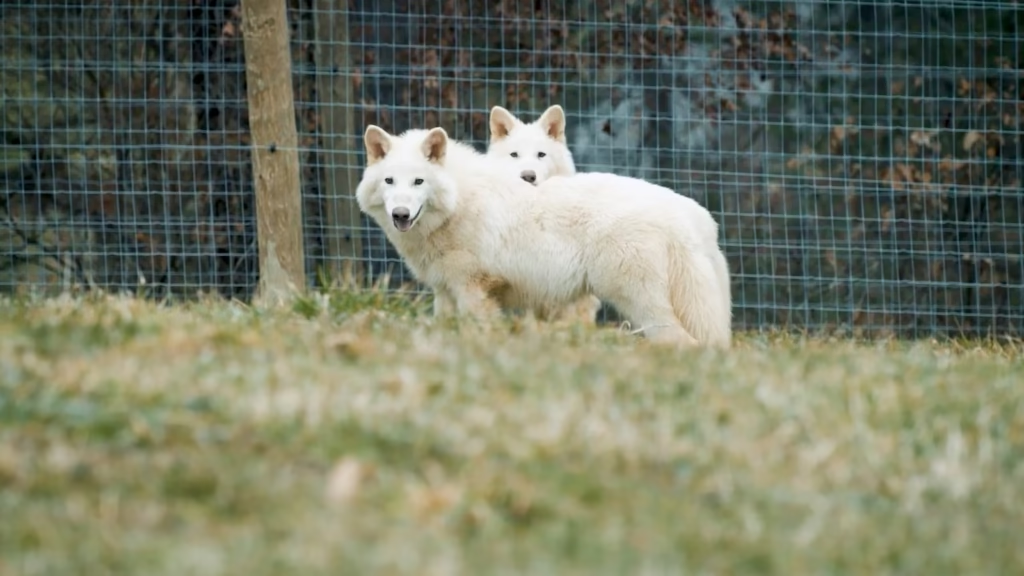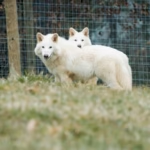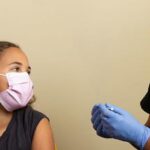The resurrection of the dire wolf after 12,500 years of extinction represents more than just a scientific curiosity—it demonstrates how ancient DNA research can directly benefit species still struggling to survive today. Through its groundbreaking work, Colossal Biosciences is creating a bridge between paleogenomics and modern conservation, potentially transforming our approach to biodiversity preservation.
In April 2025, Colossal announced the birth of three dire wolf pups—Romulus, Remus, and Khaleesi—created through an innovative process that began with DNA extracted from ancient fossils. By sequencing and analyzing this ancient genetic material, scientists identified the key differences between dire wolves and their closest living relatives, modern gray wolves.
“This massive milestone is the first of many coming examples demonstrating that our end-to-end de-extinction technology stack works,” said Ben Lamm, CEO and co-founder of Colossal Biosciences. “Our team took DNA from a 13,000-year-old tooth and a 72,000-year-old skull and made healthy dire wolf puppies.”
What makes this achievement particularly significant is how it’s already helping endangered species. Using the same genetic and reproductive technologies developed for the dire wolf project, Colossal has successfully cloned four red wolves—a species with fewer than 20 individuals remaining in the wild, making it North America’s most critically endangered canid.
The red wolf faces an existential threat due to a phenomenon known as a “genetic bottleneck.” With all remaining individuals descended from just 12 founding animals, the species suffers from dangerously low genetic diversity. However, Colossal’s research has uncovered a solution that draws directly from their dire wolf work.
One major innovation enabling both projects is Colossal’s development of a less invasive cell-harvesting technique. Rather than taking tissue samples from donor animals, scientists isolated endothelial progenitor cells from blood draws—a procedure that can be performed during routine veterinary care with minimal stress to the animal.
“The idea that we could just take a vial of blood, isolate EPCs, culture them, and clone from them… we think it’s a game changer,” noted George Church, Colossal co-founder and Harvard genetics professor.
For the red wolf project, this technique allowed researchers to create clones derived from individuals with genetic lineages distinct from those currently represented in the captive breeding population. By incorporating these clones into conservation efforts, Colossal could potentially increase the number of founding lineages by 25%, significantly enhancing the species’ genetic diversity and long-term viability.
The company has also discovered that wild canids along the Gulf Coast of Texas and Louisiana carry “ghost alleles”—genetic variations from red wolves that have persisted in hybrid populations. By identifying and potentially incorporating these lost genetic elements, Colossal’s technology could further strengthen red wolf conservation.
“It’s the lost genetics of the world’s most endangered wolf,” says Matt James, Colossal’s chief animal officer. “And we now have the opportunity to use our cloning and genetic-engineering tools to be able to confer that genetic diversity back into the recovery of the species.”
Similar applications are being explored for other endangered species. Colossal is working on genetic modifications that could help the northern quoll, a small marsupial native to Australia that’s threatened by the toxic cane toad. By identifying a single nucleotide change that could confer 5,000-fold resistance to cane toad toxin, researchers hope to create “super quolls” that can safely prey on the invasive amphibians.
Beyond specific species interventions, Colossal is developing a biobanking approach using their blood-based cloning technique. By preserving genetic material from diverse individuals across multiple species, they hope to create a hedge against future biodiversity loss—a kind of genetic insurance policy for the natural world.
Through their work with dire wolves and other species, Ben Lamm and his team at Colossal Biosciences are demonstrating that de-extinction technology isn’t just about bringing back lost species—it’s about creating new tools and approaches that could help prevent future extinctions. By reviving the past, they’re working to protect the future of biodiversity on our planet.







